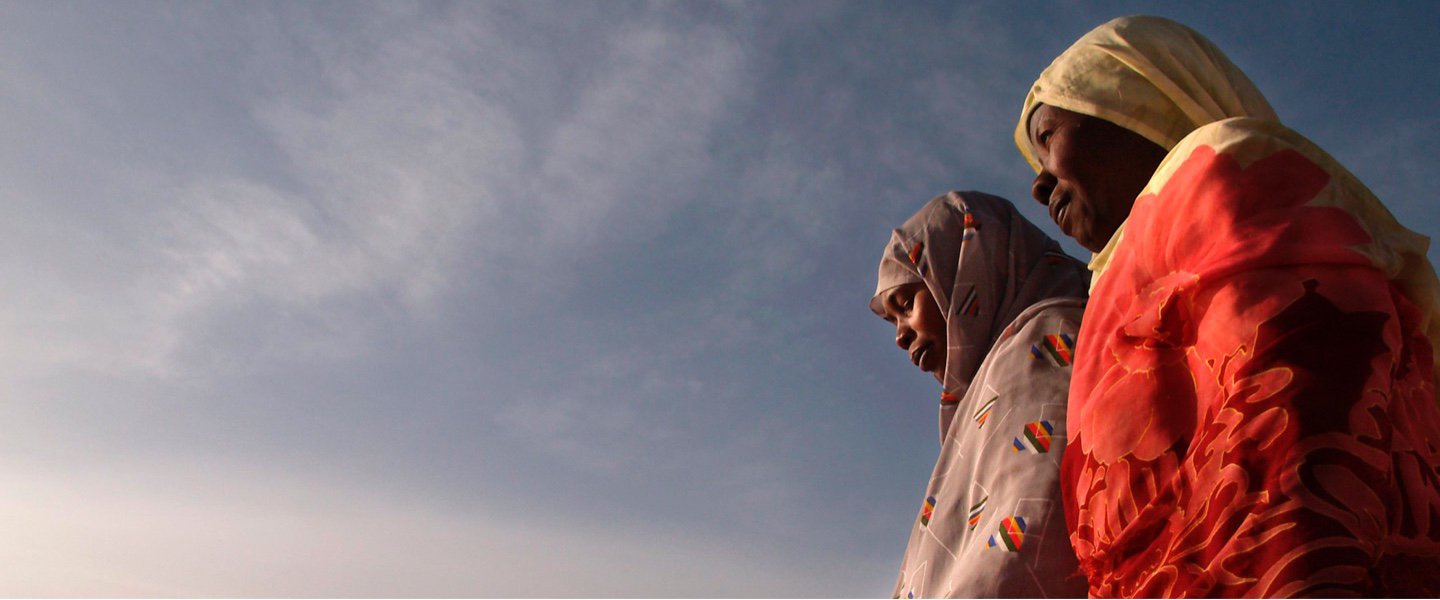From 2017–18, 708,684 people benefited from a community-supported project that strengthened the local government and improved service delivery in rural communities, of whom 43% were women.
44.282 births were attended by a skilled health professional in 2018, up from 27,227 in 2016. 66% of children (0-11 months) were fully vaccinated, up from 57% in 2016.
From 2012–18, a governance project strengthened key institutions for managing the minerals sector. 100% of mines were subjected to annual technical inspections, fiscal controls, and environmental monitoring inspections. During the same period, 5,150 people were trained in updated environmental legislation related to mining operation. In 2018, 83% of public contracts were procured through open competition, up from 15% in 2012.
From 2013–18, 438,501 people benefited from a safety net program. During the same period, 1.7 million days of work benefited 51,318 people.
From 2012–18, 3,235 people and 14,446 children benefited from a conditional cash transfer program. 98% of the beneficiaries complied with conditions for receiving cash, and an electronic beneficiary registration system was in place to conduct rapid annual beneficiary satisfaction surveys.
Improved technical performance of the national power utility benefited 1.9 million people in 2018, up from 1.4 million in 2014, of whom 52% were women. The average daily hours of service increased to 18 in 2018, from 12 in 2014. During the same period, annual electricity losses decreased from 42% to 32%.
Allocation of the national health budget increased to 6.7% of GDP in 2017 from 2.5% in 2015. During the same period, 3,830 health care workers were recruited in 2017, up from 100 in 2015.
300 companies participated in the EITI process (Extractive Industries Transparency Initiative) in 2017, up from 27 in 2015. During the same period, 68 procurement contracts were audited, and a comprehensive report on State-Owned Enterprises was updated on an annual basis and made available to the public.
From 2017–18, 207 new health workers were recruited and in service and 925 health workers were trained. During the same period, 21,537 people benefited through nutrition, parenting, and early learning services.
From 2015–18, 142,340 people received essential health, nutrition, and population services. During the same period, 530 newly trained community health workers were engaged in health promotion and basic service delivery. 99% of the health facilities reported health management data on time in 2018.
Key Achievements
Results

INDICATORS
Life expectancy at birth, total (years)
Debt
Results Stories
Projects

News Updates
Related Documents
Key Achievements
From 2017–18, 708,684 people benefited from a community-supported project that strengthened the local government and improved service delivery in rural communities, of whom 43% were women.
44.282 births were attended by a skilled health professional in 2018, up from 27,227 in 2016. 66% of children (0-11 months) were fully vaccinated, up from 57% in 2016.
From 2012–18, a governance project strengthened key institutions for managing the minerals sector. 100% of mines were subjected to annual technical inspections, fiscal controls, and environmental monitoring inspections. During the same period, 5,150 people were trained in updated environmental legislation related to mining operation. In 2018, 83% of public contracts were procured through open competition, up from 15% in 2012.
From 2013–18, 438,501 people benefited from a safety net program. During the same period, 1.7 million days of work benefited 51,318 people.
From 2012–18, 3,235 people and 14,446 children benefited from a conditional cash transfer program. 98% of the beneficiaries complied with conditions for receiving cash, and an electronic beneficiary registration system was in place to conduct rapid annual beneficiary satisfaction surveys.
Improved technical performance of the national power utility benefited 1.9 million people in 2018, up from 1.4 million in 2014, of whom 52% were women. The average daily hours of service increased to 18 in 2018, from 12 in 2014. During the same period, annual electricity losses decreased from 42% to 32%.
Allocation of the national health budget increased to 6.7% of GDP in 2017 from 2.5% in 2015. During the same period, 3,830 health care workers were recruited in 2017, up from 100 in 2015.
300 companies participated in the EITI process (Extractive Industries Transparency Initiative) in 2017, up from 27 in 2015. During the same period, 68 procurement contracts were audited, and a comprehensive report on State-Owned Enterprises was updated on an annual basis and made available to the public.
From 2017–18, 207 new health workers were recruited and in service and 925 health workers were trained. During the same period, 21,537 people benefited through nutrition, parenting, and early learning services.
From 2015–18, 142,340 people received essential health, nutrition, and population services. During the same period, 530 newly trained community health workers were engaged in health promotion and basic service delivery. 99% of the health facilities reported health management data on time in 2018.


